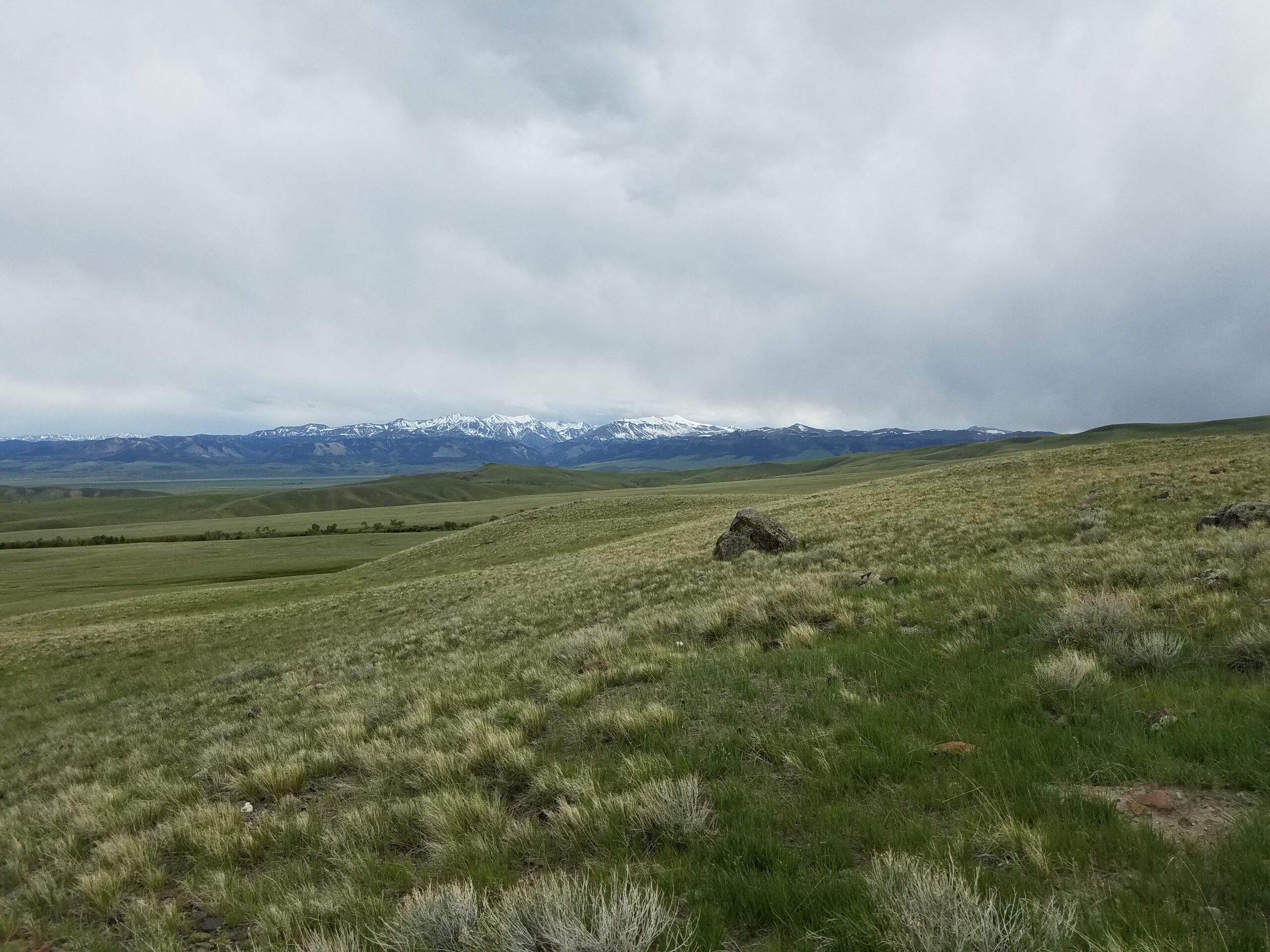MEETEETSE, Wyo. — On a recent visit to a ranch east of Yellowstone, the challenge of conserving wildlife migration corridors came into stark relief. For generations, ranchers here have grazed livestock on the vast, rolling hills outside America’s first national park—but they also do something far less profitable: provide crucial winter habitat for Yellowstone’s prized elk herds.
Each year, elk flow like a river from their high-elevation summer range in the park to low-lying ranchlands. The epic migration underscores an important reality: The survival of the very same elk herds that draw millions of tourists to Yellowstone depends on the actions of private landowners beyond the park’s boundary.
For ranchers like the one we visited, elk can impose significant costs. As we walk the land, the rancher describes how she is forced to run fewer cattle because of the elk—both because of the forage they consume and the risk of disease transmission. Brucellosis, a disease spread by elk that causes cattle to abort their young, is a major concern that can spell financial ruin for ranchers.
Add to this the ever-growing pressure to subdivide or drill for oil and gas, and her message was summed up in a single sentence: “If environmentalists wish to keep the land from being sold for development, they need to broaden their approach.”
With this issue of PERC Reports, that is our hope—to begin a dialogue about how conservationists can broaden their approaches to protect migratory species, specifically by working with, not against, the landowners that steward so much important habitat. The essays in this issue demonstrate that corridor conservation will succeed only if it enlists the support of private landowners and harnesses the power of markets.
It’s a challenge that PERC is already beginning to tackle. Our researchers are working with landowners to find creative ways to enhance migration corridors in the Greater Yellowstone Ecosystem. We are conducting surveys, studying land-use changes, and working to develop financial tools to help ranchers address the risk of brucellosis transmission. This issue previews some of that ongoing work.
But it’s not just about influencing the way we do conservation—it’s also about ensuring that policies give landowners ample incentives to conserve habitat for migratory species. That’s not always the case. Federal regulations intended to protect monarch butterflies, for example, could have the perverse effect of discouraging landowners from providing habitat for the iconic insect.
In the end, the fundamental challenge remains the same: Whether for elk, waterfowl, butterflies, wildebeest, or salmon, conservationists must find ways to make wildlife more of an asset instead of a liability for private landowners. The future of these migratory species depends on it.




